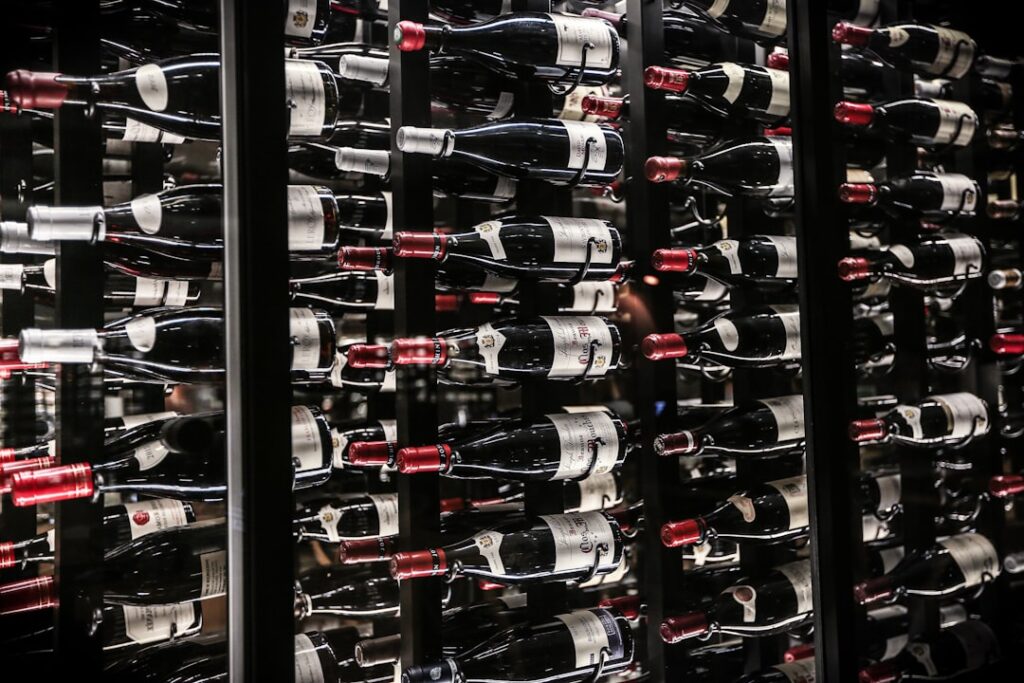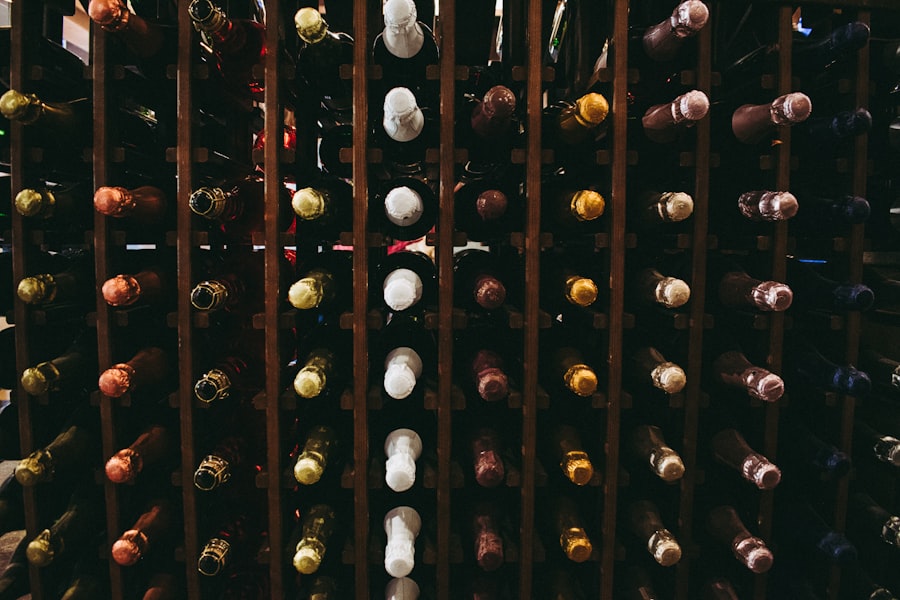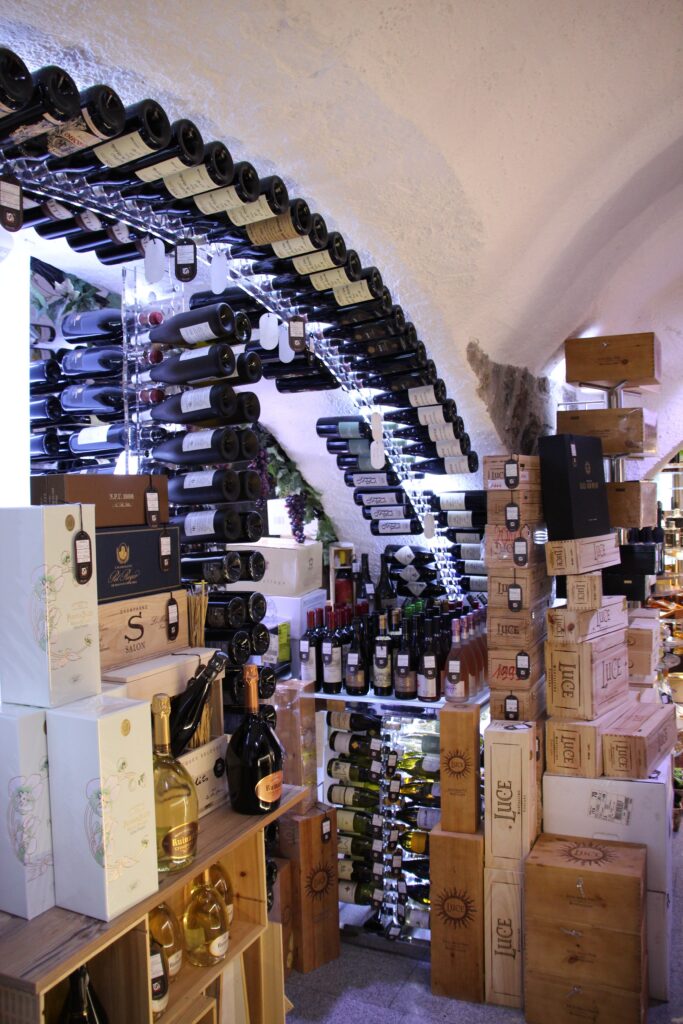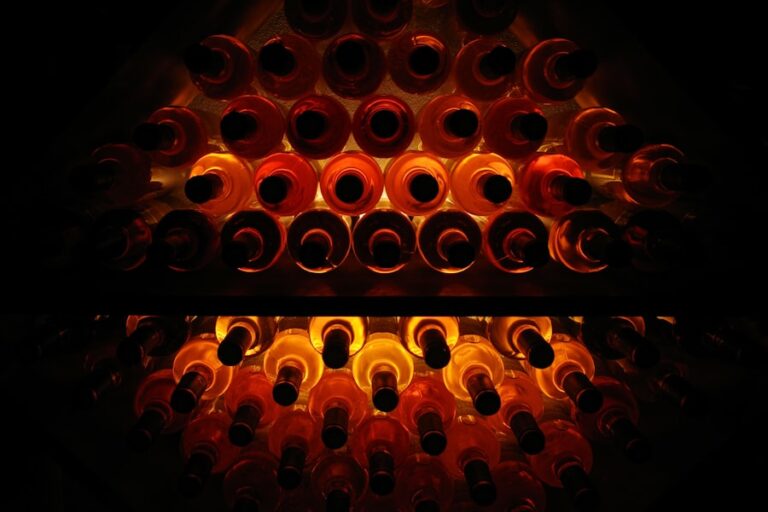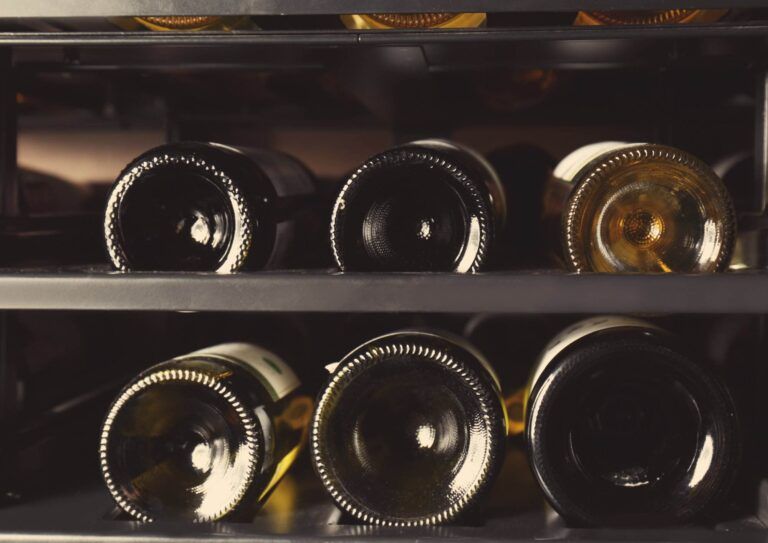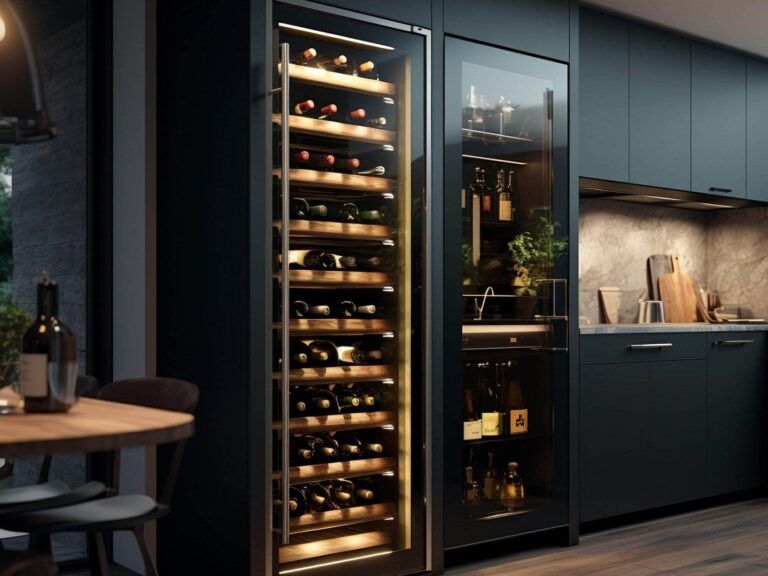What to do when cellar humidity drops below 50 percent
The significance of maintaining appropriate humidity levels in a wine cellar cannot be overstated. Humidity plays a crucial role in preserving the quality and integrity of wine. Ideally, the humidity level should be maintained between 50% and 70%.
This range is essential for preventing corks from drying out, which can lead to oxidation and spoilage of the wine. When corks dry out, they lose their elasticity, allowing air to seep into the bottle and compromise the wine’s flavor and aroma. Conversely, excessive humidity can lead to mold growth on labels and corks, which can also negatively impact the wine’s quality.
Moreover, the right humidity levels contribute to the overall environment of the cellar. A well-humidified cellar not only protects the wine but also creates a stable environment that minimizes temperature fluctuations. These fluctuations can cause expansion and contraction of the wine within the bottle, potentially leading to leakage or spoilage.
Therefore, understanding and managing cellar humidity is a fundamental aspect of wine storage that every wine enthusiast should prioritize.
Key Takeaways
- Proper cellar humidity is crucial for preserving wine and other items
- Regularly monitor cellar humidity levels to ensure they stay within the optimal range
- Increase cellar humidity naturally by using methods such as adding water sources or plants
- Consider using humidifiers to maintain and increase cellar humidity levels
- Seal any leaks in the cellar to prevent humidity from dropping too low
- Store moisture-rich items in the cellar to help maintain humidity levels
- Seek professional help if low humidity issues persist despite efforts to increase levels
- Take preventive measures to avoid future drops in cellar humidity, such as regular maintenance and monitoring
Monitoring Cellar Humidity Levels
To effectively manage humidity levels in a wine cellar, regular monitoring is essential. Utilizing a hygrometer is one of the most effective ways to keep track of humidity levels. This device measures the moisture content in the air and provides real-time data that can help you make informed decisions about your cellar’s environment.
Placing the hygrometer at various locations within the cellar can give you a comprehensive understanding of humidity distribution, allowing you to identify any areas that may require additional attention. In addition to using a hygrometer, it is advisable to keep a log of humidity readings over time. This practice can help you identify patterns and trends in humidity fluctuations, enabling you to take proactive measures before issues arise.
By consistently monitoring humidity levels, you can ensure that your wine remains in optimal condition, safeguarding your investment and enhancing your enjoyment of your collection.
Increasing Cellar Humidity Naturally
There are several natural methods to increase humidity levels in a wine cellar without relying on mechanical devices. One effective approach is to introduce water sources into the environment. For instance, placing shallow trays filled with water around the cellar can help elevate humidity levels as the water evaporates.
This method is particularly useful in smaller cellars where humidity levels may fluctuate more dramatically. Another natural method involves using plants that thrive in humid environments. Certain types of ferns or tropical plants can release moisture into the air through a process called transpiration.
By strategically placing these plants in your cellar, you can create a more humid atmosphere while also enhancing the aesthetic appeal of the space. However, it is essential to choose plants that do not require excessive light or care, as the primary focus should remain on maintaining optimal conditions for your wine.
Using Humidifiers to Increase Cellar Humidity
When natural methods are insufficient to maintain desired humidity levels, investing in a humidifier may be necessary. Humidifiers come in various types, including ultrasonic, evaporative, and steam models, each with its own advantages and disadvantages. Ultrasonic humidifiers are particularly popular for wine cellars due to their ability to produce a fine mist without raising temperatures significantly.
This feature is crucial because excessive heat can adversely affect wine quality. When selecting a humidifier for your cellar, consider factors such as capacity, maintenance requirements, and noise levels. A unit with a built-in hygrometer can automatically adjust humidity levels based on real-time readings, providing a hassle-free solution for maintaining optimal conditions.
Regular maintenance is essential to ensure that the humidifier operates efficiently; this includes cleaning the unit and replacing filters as needed to prevent mold and bacteria growth.
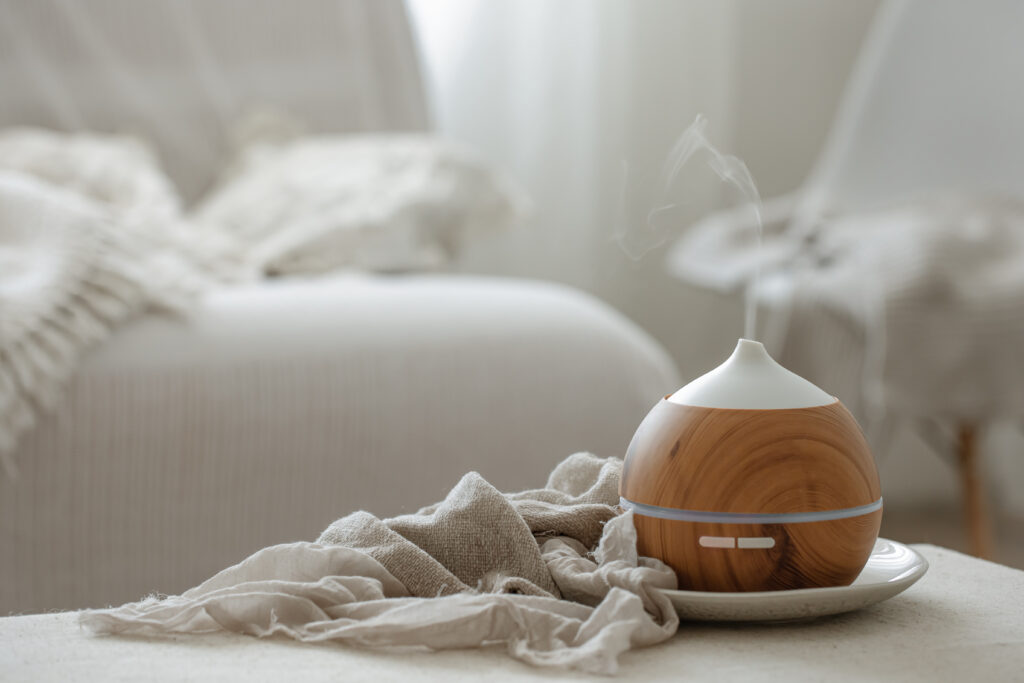
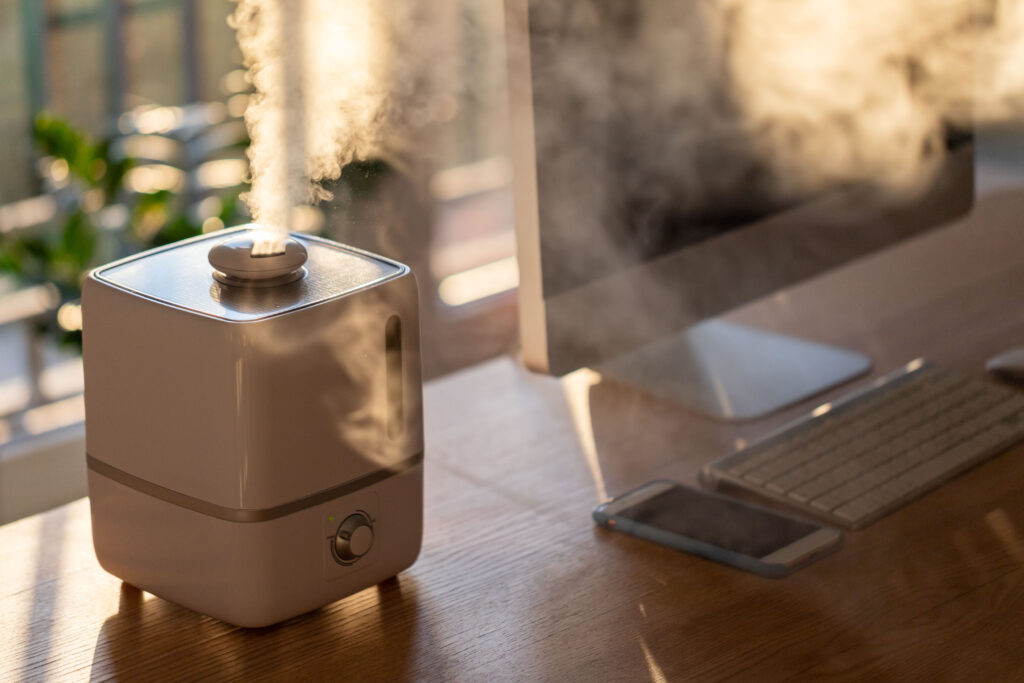
Sealing Cellar Leaks to Maintain Humidity
Another critical aspect of maintaining consistent humidity levels in a wine cellar is addressing any leaks or drafts that may compromise the environment. Air leaks can lead to significant fluctuations in both temperature and humidity, making it challenging to create a stable storage environment for your wine collection. Inspecting the cellar for gaps around windows, doors, and walls is an essential first step in identifying potential problem areas.
Once leaks are identified, sealing them with appropriate materials such as caulk or weather stripping can help maintain humidity levels more effectively. Additionally, ensuring that doors close tightly and that any ventilation systems are functioning correctly will further enhance your cellar’s ability to retain moisture. By taking these proactive measures, you can create a more controlled environment that supports the long-term preservation of your wines.
Storing Moisture-Rich Items in the Cellar
Incorporating moisture-rich items into your wine cellar can be an effective strategy for increasing humidity levels naturally. Items such as damp sponges or towels can release moisture into the air over time, helping to maintain a more stable environment. However, it is crucial to monitor these items regularly to prevent mold growth or unpleasant odors from developing.
Another option is to store containers filled with water or even pebbles soaked in water within the cellar. These containers will gradually release moisture into the air as they evaporate, contributing to an increase in humidity levels. While these methods may not provide immediate results like mechanical humidifiers, they can be effective long-term solutions for maintaining an optimal environment for your wine collection.
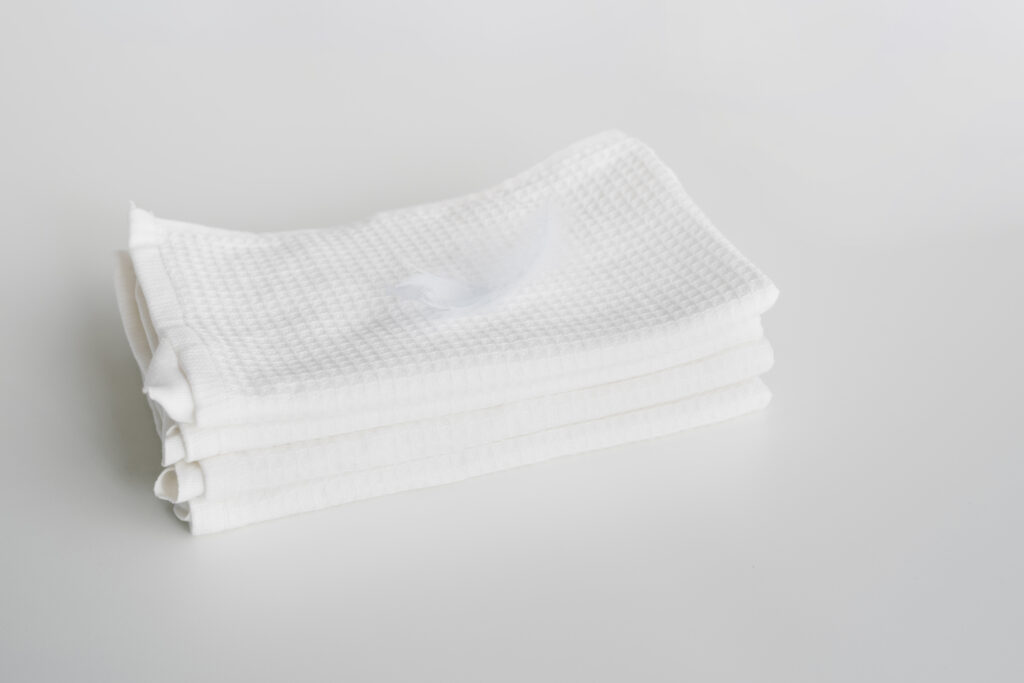
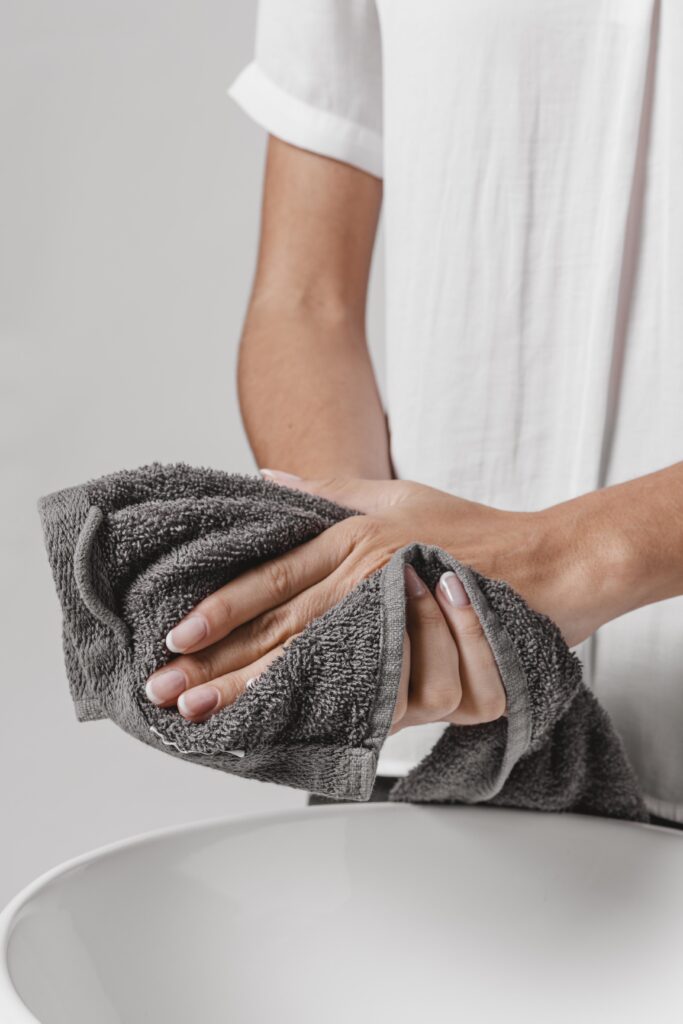
Seeking Professional Help for Persistent Low Humidity
If you find that despite your best efforts, humidity levels remain persistently low, it may be time to seek professional assistance. Experts in climate control and wine storage can provide valuable insights into your specific situation and recommend tailored solutions to address humidity issues effectively. They may conduct an assessment of your cellar’s design and construction, identifying any underlying problems that could be contributing to low humidity levels.
Professional services may include installing advanced climate control systems specifically designed for wine storage. These systems often combine temperature and humidity control features, ensuring that both aspects are managed effectively. Investing in professional help can ultimately save you time and resources while providing peace of mind that your wine collection is being stored under optimal conditions.
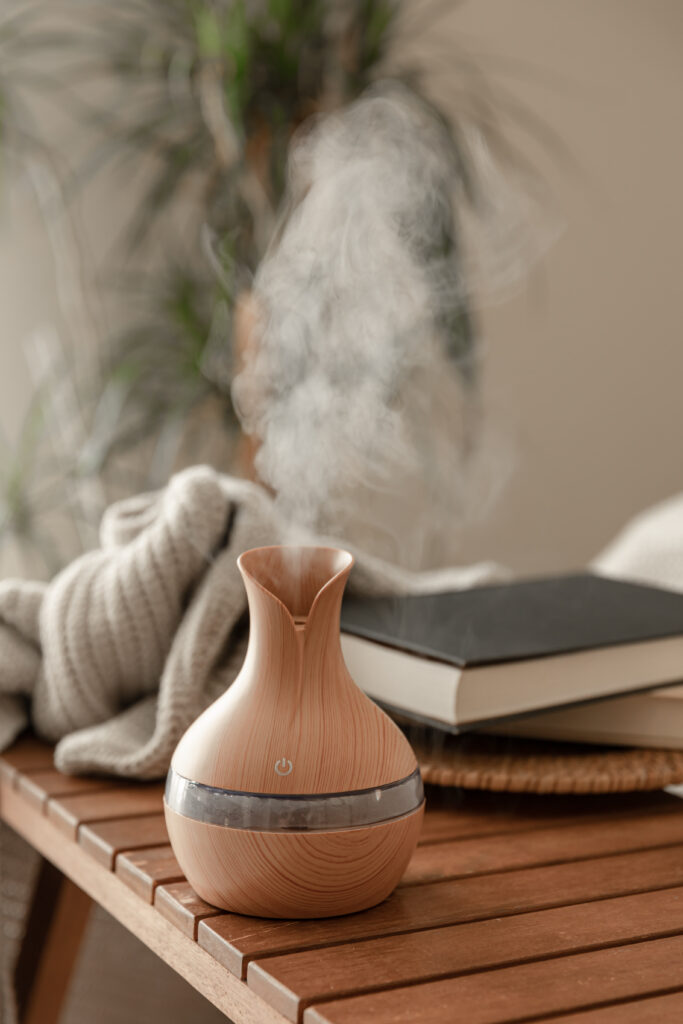
Preventing Future Drops in Cellar Humidity
To ensure that your wine cellar maintains consistent humidity levels over time, implementing preventive measures is essential. Regular maintenance checks should be part of your routine; this includes inspecting seals around doors and windows, monitoring equipment like humidifiers or dehumidifiers, and keeping an eye on hygrometer readings. By staying proactive about these aspects, you can catch potential issues before they escalate into significant problems.
Additionally, consider creating a contingency plan for extreme weather conditions that may affect humidity levels. For instance, during particularly dry seasons or heatwaves, having backup systems or additional moisture sources ready can help mitigate sudden drops in humidity. By being prepared and vigilant about maintaining your cellar’s environment, you can protect your investment and enjoy your wine collection for years to come.
In conclusion, understanding and managing humidity levels in a wine cellar is vital for preserving the quality of your collection. By monitoring conditions regularly and employing various strategies—both natural and mechanical—you can create an optimal environment for your wines. Whether through simple adjustments or professional interventions, taking these steps will ensure that your wines remain in excellent condition for future enjoyment.
FAQs
What is the ideal humidity level for a cellar?
The ideal humidity level for a cellar is between 50-70 percent. This range helps to prevent the growth of mold and mildew while also preserving the quality of stored items.
What are the potential issues with cellar humidity dropping below 50 percent?
When cellar humidity drops below 50 percent, it can lead to the drying out of stored items such as wine corks, wooden furniture, and leather goods. This can result in damage and deterioration of these items.
How can I measure the humidity level in my cellar?
You can measure the humidity level in your cellar using a hygrometer, which is a device specifically designed to measure humidity.
What are some methods to increase cellar humidity?
To increase cellar humidity, you can use a humidifier, place bowls of water around the cellar, or install a vapor barrier to prevent moisture from escaping.
Are there any natural ways to maintain cellar humidity?
Yes, you can maintain cellar humidity naturally by storing wet or damp items in the cellar, such as clay pots filled with water or damp towels.
How often should I monitor cellar humidity levels?
It is recommended to monitor cellar humidity levels regularly, especially during seasonal changes, to ensure that the humidity remains within the ideal range.
